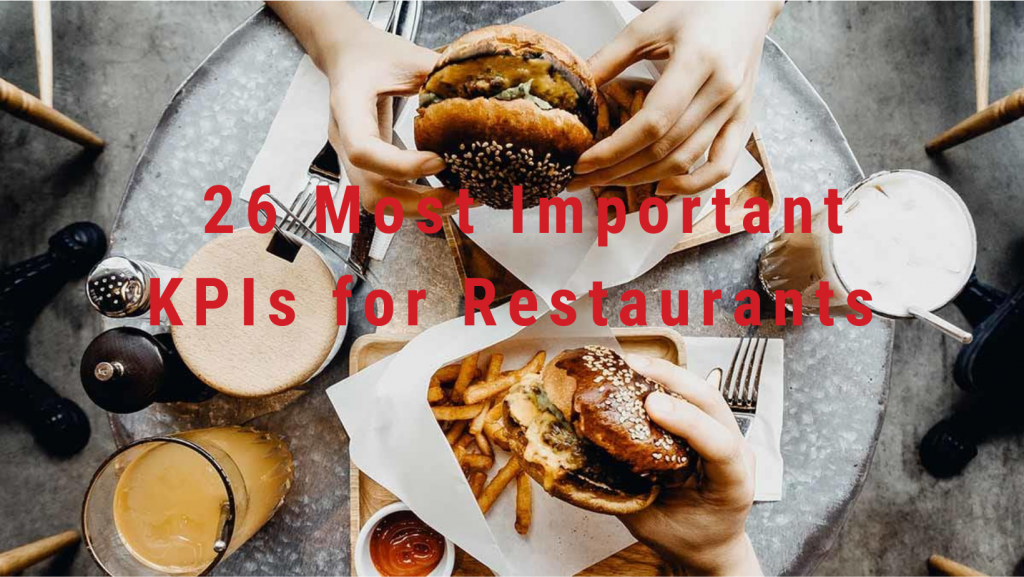Most Important KPIs for Restaurants
| Sales and profitability KPIs |
| Cash flow |
| Cost of goods sold |
| Labour cost percentage |
| Sales per employee per hour |
| Revenue per available seat hour |
| Table turn rate |
| Average table occupancy |
| Spend per head |
| Employee turnover |
| Customer experience KPIs |
| Online reviews |
| Customer retention rate |
| Marketing KPIs |
| Social engagement |
| Website traffic |
| Cash flow = beginning cash – ending cash |
| COGS = beginning inventory + purchases during the period – ending inventory |
| Labour cost percentage = amount spent / total sales * 100 |
| RevPASH = overall revenue / seats available * open hours |
| Table turnover rate = period of time / number of tables served during that time period |
| Average table occupancy = number of occupied tables / total number of available tables |
| Spend per head = total revenue / number of customers |
| Employee turnover = number of employees who left during the time period / average number of employees * 100 |
| Online reviews |
| Customer retention rate = the number of customers at the end of a period – the number of new customers acquired during that period / the number of customers at the start of that period * 100 |
Most Important KPIs for Restaurants Read More »




